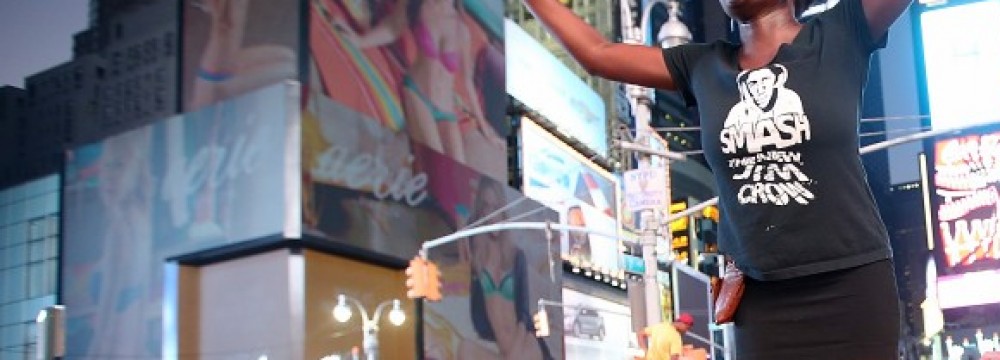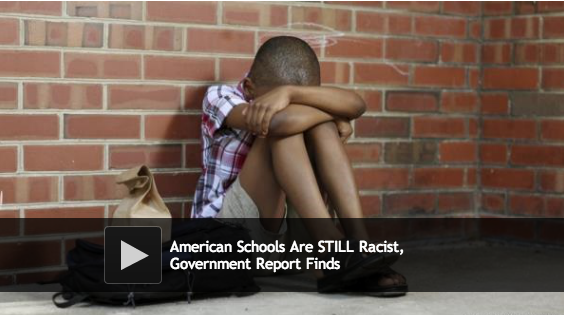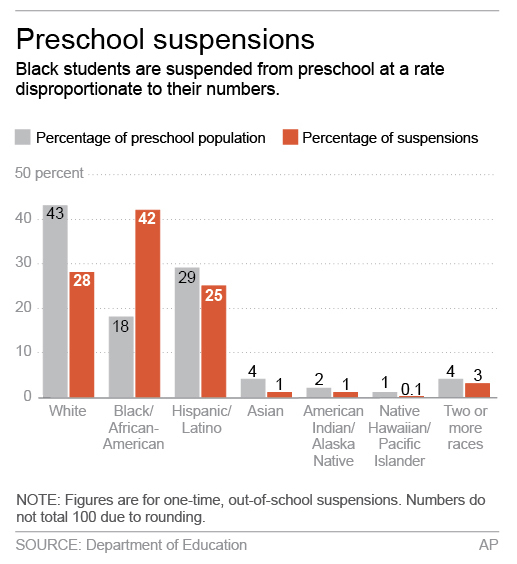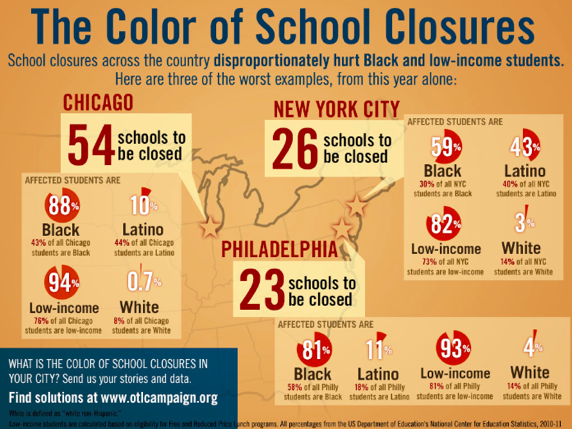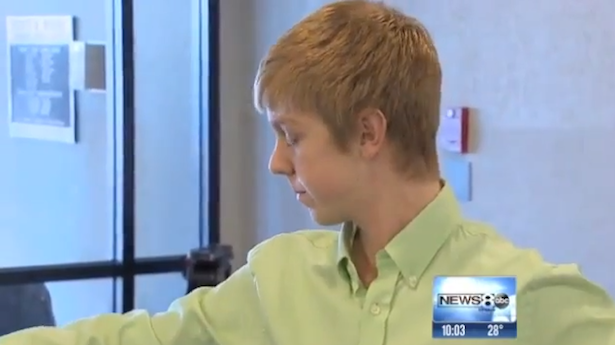Public school students of color get more punishment and less access to veteran teachers than their white peers, according to surveys released Friday by the U.S. Education Department that include data from every U.S. school district.
Black students are suspended or expelled at triple the rate of their white peers, according to the U.S. Education Department’s 2011-2012 Civil Rights Data Collection, a survey conducted every two years. Five percent of white students were suspended annually, compared with 16 percent of black students, according to the report. Black girls were suspended at a rate of 12 percent — far greater than girls of other ethnicities and most categories of boys.
At the same time, minority students have less access to experienced teachers. Most minority students and English language learners are stuck in schools with the most new teachers. Seven percent of black students attend schools where as many as 20 percent of teachers fail to meet license and certification requirements. And one in four school districts pay teachers in less-diverse high schools $5,000 more than teachers in schools with higher black and Latino student enrollment.
Such discrimination lowers academic performance for minority students and puts them at greater risk of dropping out of school, according to previous research. The new research also shows the shortcomings of decades of legal and political moves to ensure equal rights to education. The Supreme Court’s landmark 1954 Brown v. Board of Education ruling banned school segregation and affirmed the right to quality education for all children. The 1964 Civil Rights Act guaranteed equal access to education.
“This data collection shines a clear, unbiased light on places that are delivering on the promise of an equal education for every child and places where the largest gaps remain,” U.S. Secretary of Education Arne Duncan said in a statement. “In all, it is clear that the United States has a great distance to go to meet our goal of providing opportunities for every student to succeed.”
Duncan and Attorney General Eric Holder plan to announce the survey results on Friday. The information, part of an ongoing survey by the Education Department’s Office of Civil Rights, highlights longstanding inequities in how schools leave minority students and students with disabilities at a disadvantage. For the first time since 2000, the new version of the survey includes results from all 16,500 American school districts, representing 49 million students.
“Unfortunately, too many children don’t have equitable access to experienced and fully licensed teachers, as has again been proven by the data in this report,” said Dennis Van Roekel, president of the National Education Association, the nation’s largest teachers union. “This is a problem that can and must be addressed.”
Daria Hall, K-12 policy director at the Education Trust, an advocacy group, also called for action. “The report shines a new light on something that research and experience have long told us — that students of color get less than their fair share of access to the in-school factors that matter for achievement,” she said. “Students of color get less access to high level courses. Black students in particular get less instructional time because they’re far more likely to receive out of school suspensions or expulsions. And students of color get less access to teachers who’ve had at least a year on the job and who have at least basic certification. Of course, it’s not enough to just shine a light on the problem. We have to fix it.”
Though 16 percent of America’s public school students are black, they represent 27 percent of students referred by schools to law enforcement, and 31 percent of students arrested for an offense committed in school, according to the survey.
Students with disabilities make up one-fourth of students referred to law enforcement or arrested, although they represent 13 percent of the student population. Students with disabilities are twice as likely to be suspended out of school than peers, with 13 percent of such students being sent home for misbehaving. One of four boy students of color who have disabilities and one in five girl students of color who have disabilities were suspended. Students of color include all non-white ethnic groups except Latino and Asian-American.
These numbers will likely add pressure to dismantle the so-called school-to-prison pipeline, which feeds troubled students into the justice system. The push to ease discipline sometimes causes tension with schools’ efforts to beef up security after school mass shootings, like the one in Newtown, Conn. Last week, a set of reports 26 academics pointed to a few local studies that found that disparate discipline outcomes did not happen as a result of certain ethnic groups acting out more than others.
According to the new data, disparities begin as early as preschool. Black students make up 18 percent of preschool enrollment, but they comprise 48 percent of preschool students receiving more than one suspension out of school. White students, representing 43 percent of preschool students, only receive 26 percent of out-of-school suspensions more than once.
Randi Weingarten, who heads the American Federation of Teachers union, noted that despite a recent Education Department Equity and Excellence Commission report calling for measures to remedy discrimination, little has been done. “It is shameful that not a single recommendation has been implemented,” Weingarten said. “We don’t need more data to tell us we need action.”
source: huffington post
